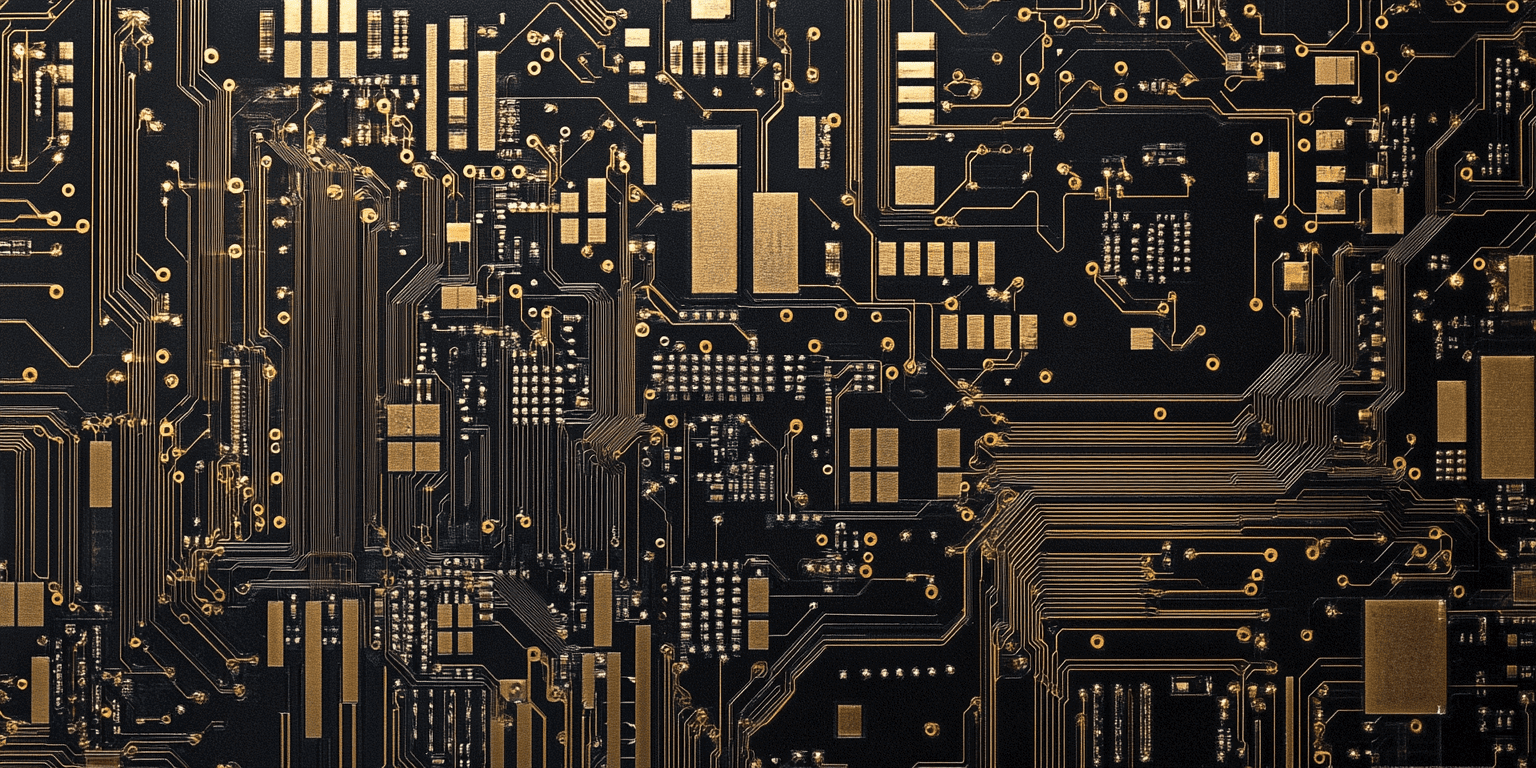Printed Circuit Structures: The Evolution Of Printed Circuit Boards

This research paper "Printed Circuit Structures: The Evolution of Printed Circuit Boards" was written by Kenneth H. Church, Harvey Tsang, Ricardo Rodriguez, Paul Defembaugh, and Raymond Rumpf.
Overview
The purpose and scope of this overview are defined to describe the avoidance of the natural limits in size and the avoidance of parasitic effects that plague traditional 2D printed circuit boards. A new solution, called Printed Circuit Structures (PCS), is introduced. In the framework of conventional electronic structures, PCSs present a novel solution proposed for overcoming certain limitations of conventional PCBs by using 3D printing technology to enable compact, highly effective, and versatile electronic structures. The paper demonstrates the ways in which 3D printing can, in fact, totally revamp the current method of electronic packaging by allowing the incorporation of intricate electrical attachments within 3D structures.
Key Innovations
3D Printing for Electronics:
The transition from 2D PCBs to 3D PCS resorts to additive manufacturing techniques for the construction of circuits directly into 3D structures. There are no wires, epoxy, or solder required, reducing space and weight.
Integrated Structures:
PCS allows for components and traces to be embedded within structures in a manner that achieves optimized volume utilization.
It further allows for complex shapes and designs that enable better performances of devices.
Advanced Materials:
It deals with the development of new materials which will be utilized for 3D printing and will have improved mechanical and electrical properties. The following materials play a crucial role in implementing PCS successfully.
DPAM [Direct Printing Additive Manufacturing]:
The DPAM technology offered by nScrypt embeds various tools within one system capable of automated printing of electronic structures of complex nature. This system allows for precision placement of components and high-resolution printing of conductive traces.
Applications and Challenges:
The paper also describes some of the possible uses of PCS in areas such as antennas and sensors. The challenges that remain to achieve automation and optimization of the printing processes for reliable and consistent results are discussed.
Key Concepts
Printed Circuit Structures (PCS):
A new concept in the field of electronic design, integrating circuits into three-dimensional structures and eschewing traditional methods of designing printed circuit boards, which are flat and multilayered.
3D Printing Technologies:
Stereolithography Apparatus (SLA): Photosensitive resin that creates solid structures, mainly for fine details.
Fused Deposition Manufacturing (FDM): This builds an object by extruding heated materials; it can be used in parts with a functional purpose whereby a rigid structure is required.
Selective Laser Sintering (SLS): Lasers sinter the powdered materials into complicated shapes.
Printed Electronics:
These involve screen printing, inkjetting, and electroless plating, amongst others, in making electrical circuits integral to developing PCS on a vast array of substrates.
DPAM—Direct Printing Additive Manufacturing:
This combines both 3D printing and printed electronics into one process that allows the creation of an integrated electronic structure.
Automation and Integration:
This paper raises the need to integrate several manufacturing processes into one tool to automate production and enhance accuracy.
Table of Contents
- Abstract
- Introduction
- 3D Printing
- Printed Electronics
- Printed Circuit Structures (PCS)
- Automation on a Single Tool
- Process Integration, Synchronization, and Control Hardware
- Software
- Operation
- 3D Printed Circuit Structures using a 3D Layering Process
- Optimizing the Printing Process
- Printed Circuit Structure Demonstration
- Conclusion
- Acknowledgments
Related Articles







